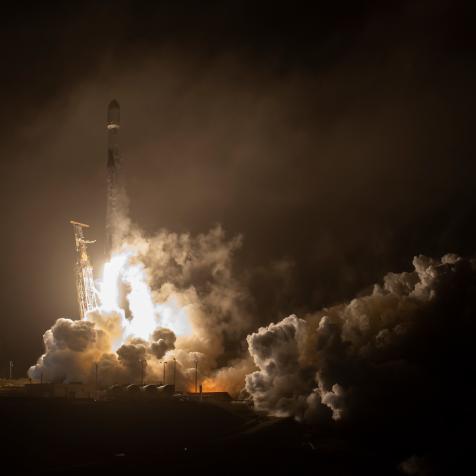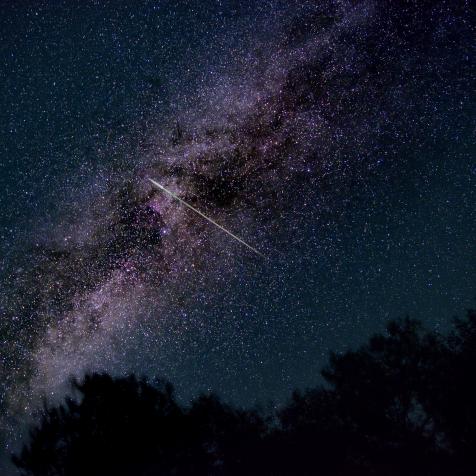
NatalyaBurova
A Guide to Defending the Earth

Let’s say one day astronomers announce that our worst nightmare has come true: a large object is headed towards the Earth with a significant chance of impact. What do we do?
Besides “panicking” humanity has a few options to defend itself. But I gotta warn you: most of these are purely hypothetical, so if a threat does present itself, let’s just hope we have enough time to prepare.
The most straightforward approach is a kinetic impact: slamming whatever we got into the oncoming asteroid or comet. This approach has actually been tested with NASA’s DART mission, and it works best for relatively small (less than a few hundred meters across) asteroids or comets that can be spotted from far away. The idea is to nudge the velocity of the threat by a very small amount. If we do it early enough, the comet or asteroid will end up in a completely different orbit and safely pass by the Earth.
The next most sophisticated approach is to put some nuclear teeth on whatever sending to the object. If we detonate a bomb next to or inside a comet or asteroid, we can hope to achieve two things: a) break up the large rock into many smaller ones that would then burn up in our atmosphere, b) if that fails, at least change the direction of the asteroid or comet. While this method seems the most promising, the latest research suggests that it might not be the best way to tackle large asteroids. The problem is that those objects aren’t like giant boulders, but more like loose piles of rubble barely glued together. Since there’s a lot of space and gaps in those rubble piles, a nuclear weapon doesn’t have a lot to effectively push around.
Thankfully there are some more subtle approaches. If we could deploy a giant mirror into orbit around the asteroid or comet, we could change its orbit that way. Asteroids and comets are very volatile places, with their surface material constantly evaporating away into space, especially when they get close to the Sun. Normally this evaporation happens equally in all directions as the object randomly tumbles around, but if we were to warm up one side more than the other, then the evaporation would act as a very weak rocket exhaust, pushing the asteroid into a new direction.
If all else fails, we could also just play games with gravity. If we put a spacecraft into orbit around an asteroid and slowly change where the spacecraft is headed, we can very slowly drag the asteroid around until it reaches a more favorable orbit.
Plenty of ideas, and plenty of chances to save humanity. But all these ideas share one thing in common: they all require us to know the threat well in advance, years or even decades before an impact. That means our first line of defense is watchful vigilance
So keep looking up…


















